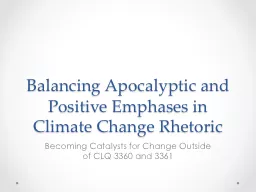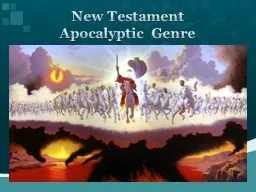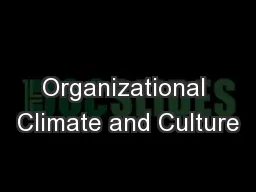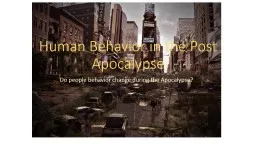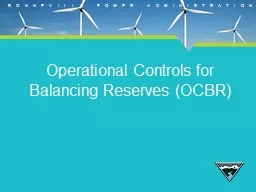PPT-Balancing Apocalyptic and Positive Emphases in Climate Chan
Author : mitsue-stanley | Published Date : 2016-04-04
Becoming Catalysts for Change Outside of CLQ 3360 and 3361 Why Positive Emphasis Disparities exist between classroom discussion and reallife experiences Garrard
Presentation Embed Code
Download Presentation
Download Presentation The PPT/PDF document "Balancing Apocalyptic and Positive Empha..." is the property of its rightful owner. Permission is granted to download and print the materials on this website for personal, non-commercial use only, and to display it on your personal computer provided you do not modify the materials and that you retain all copyright notices contained in the materials. By downloading content from our website, you accept the terms of this agreement.
Balancing Apocalyptic and Positive Emphases in Climate Chan: Transcript
Download Rules Of Document
"Balancing Apocalyptic and Positive Emphases in Climate Chan"The content belongs to its owner. You may download and print it for personal use, without modification, and keep all copyright notices. By downloading, you agree to these terms.
Related Documents

